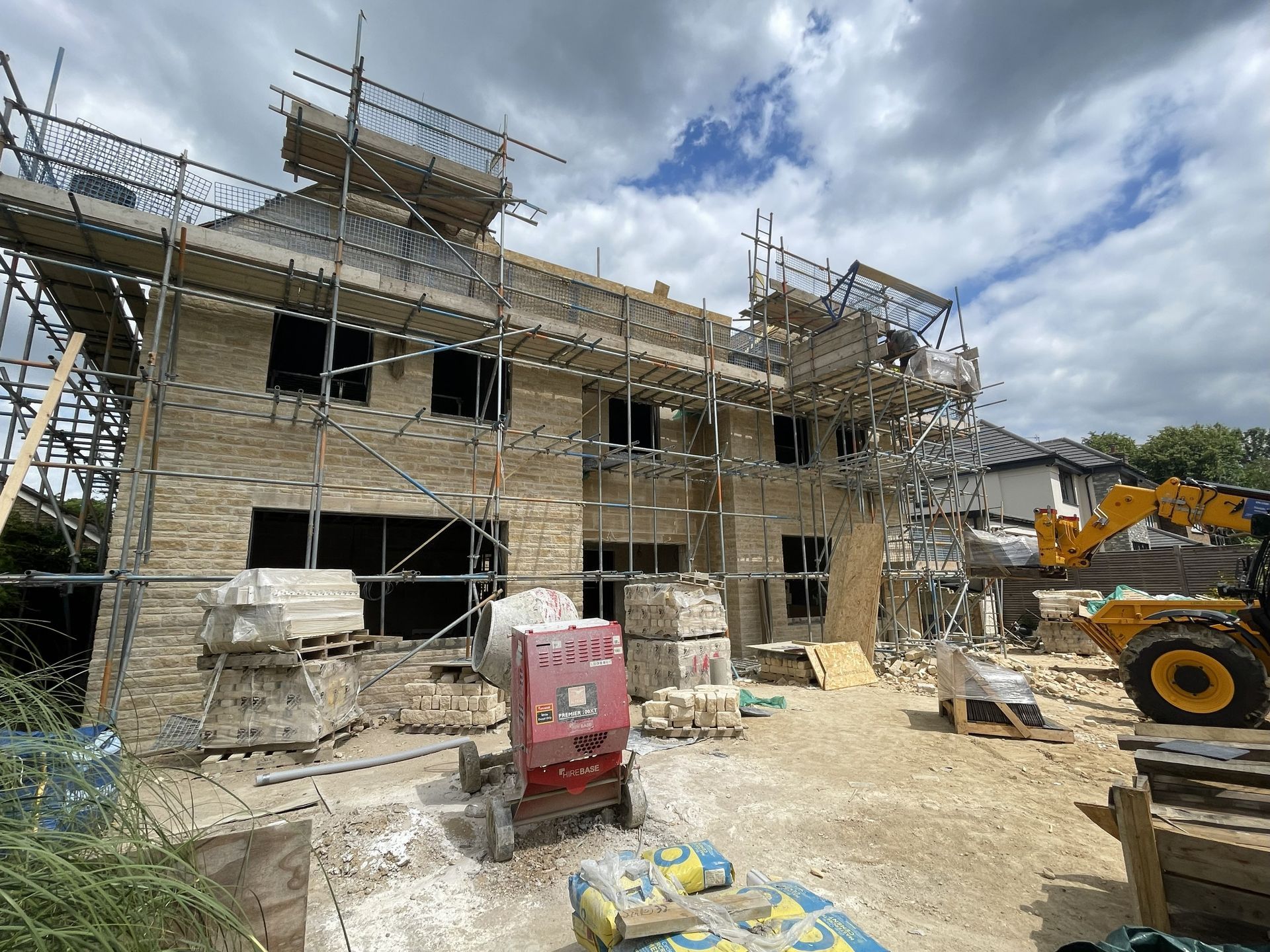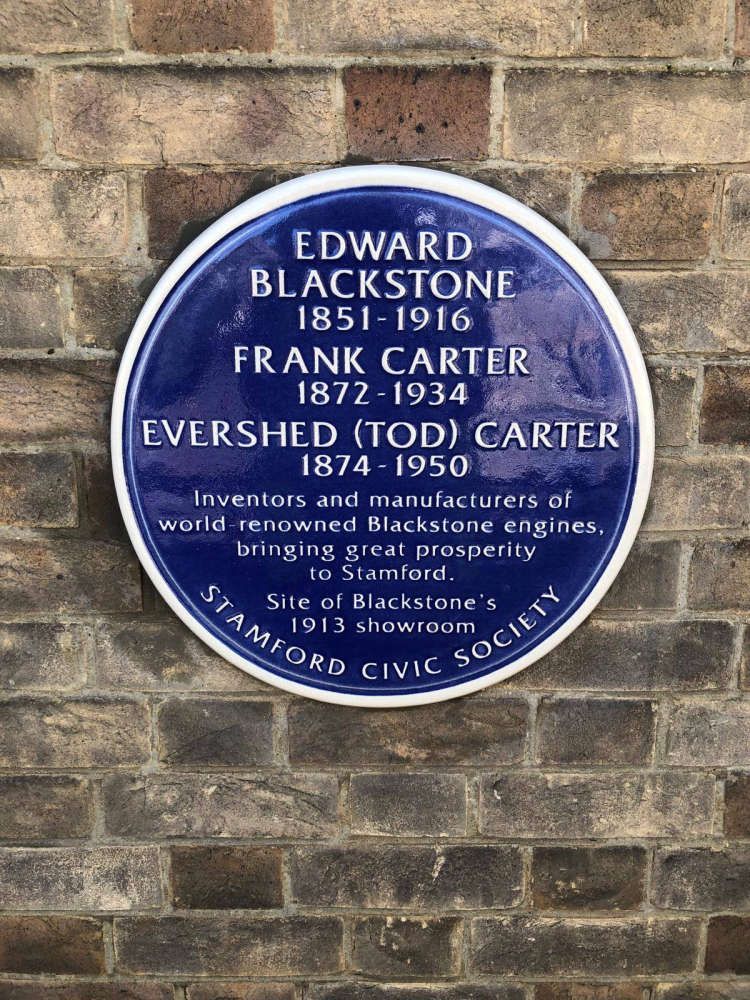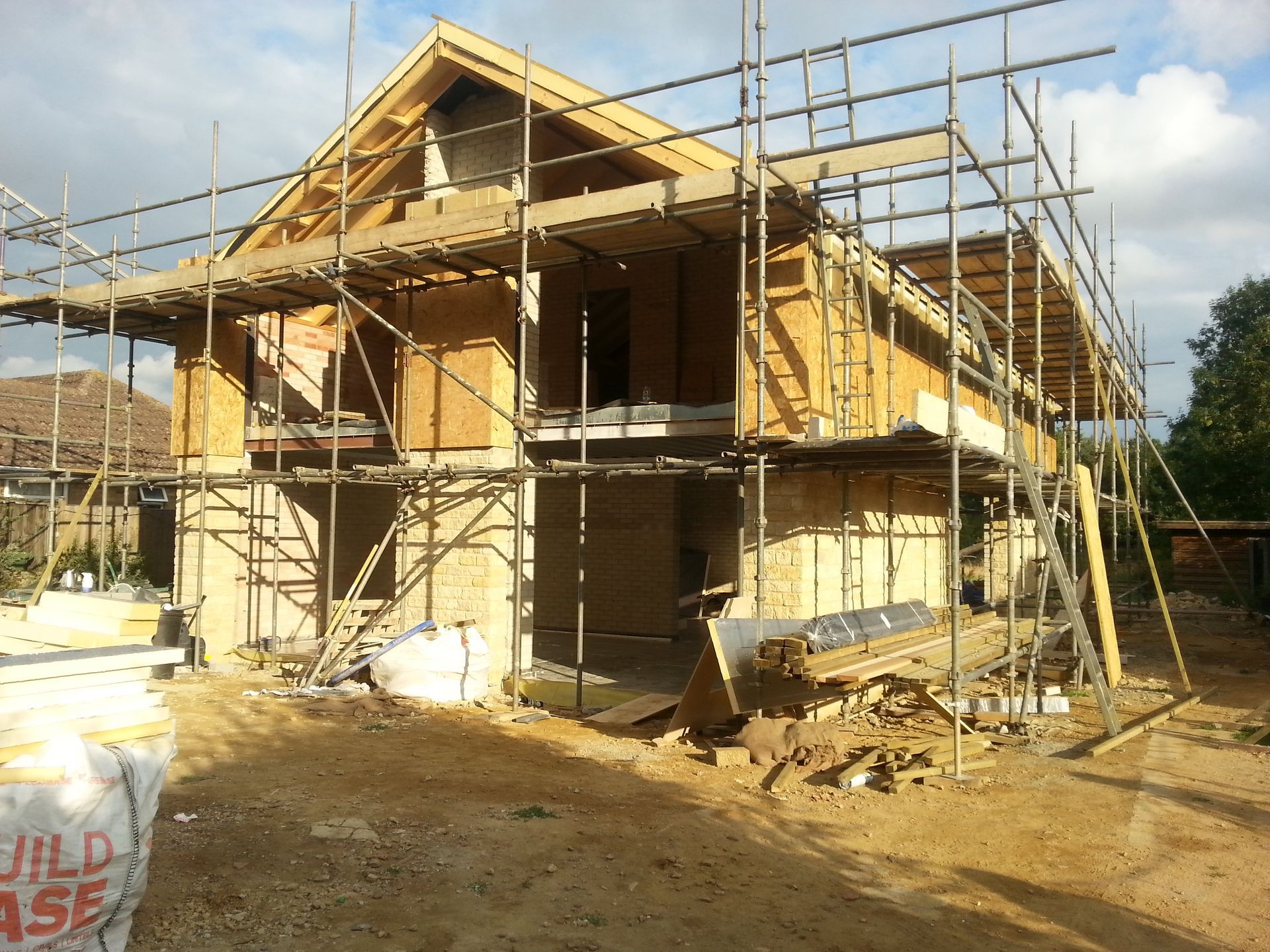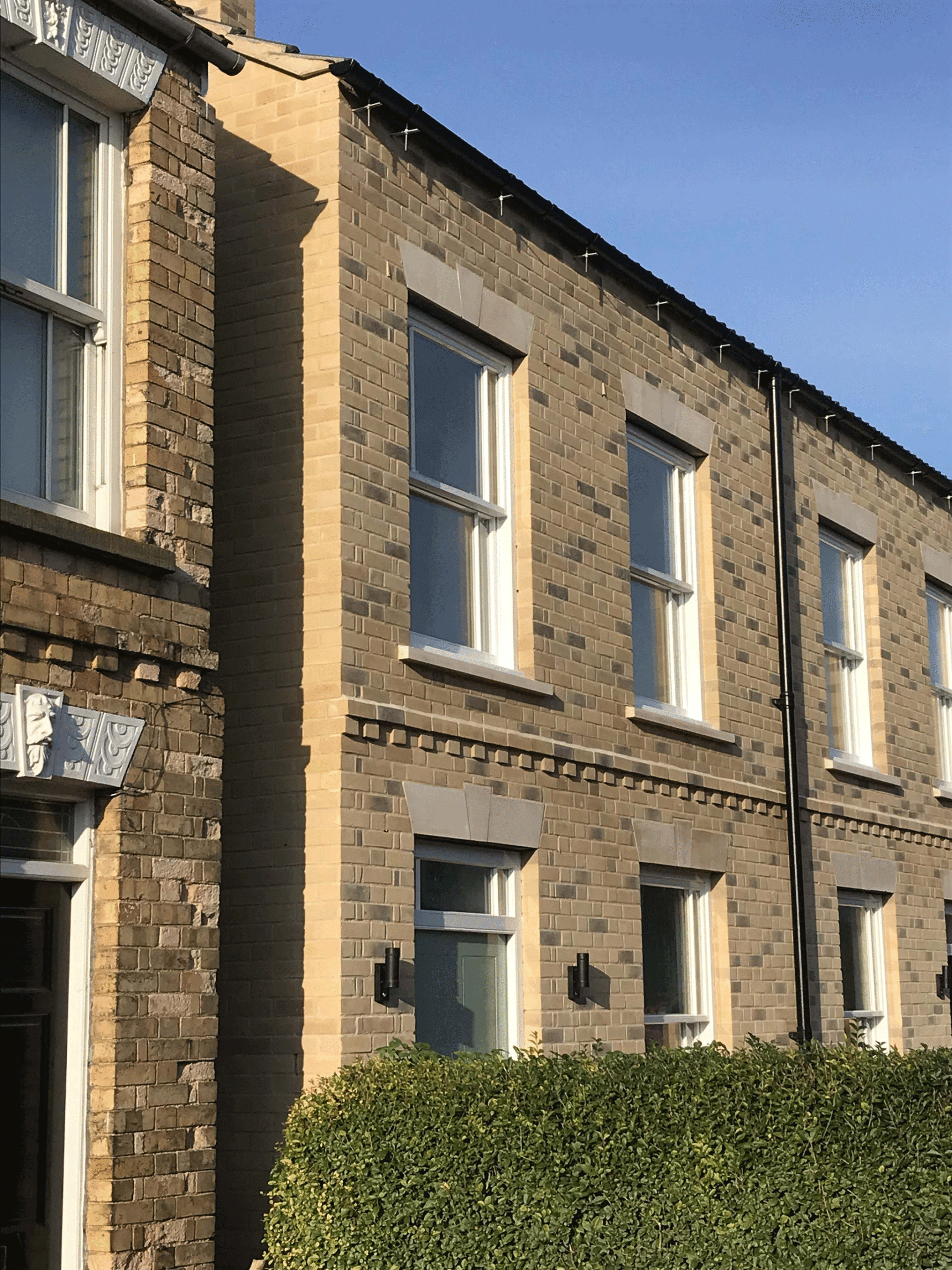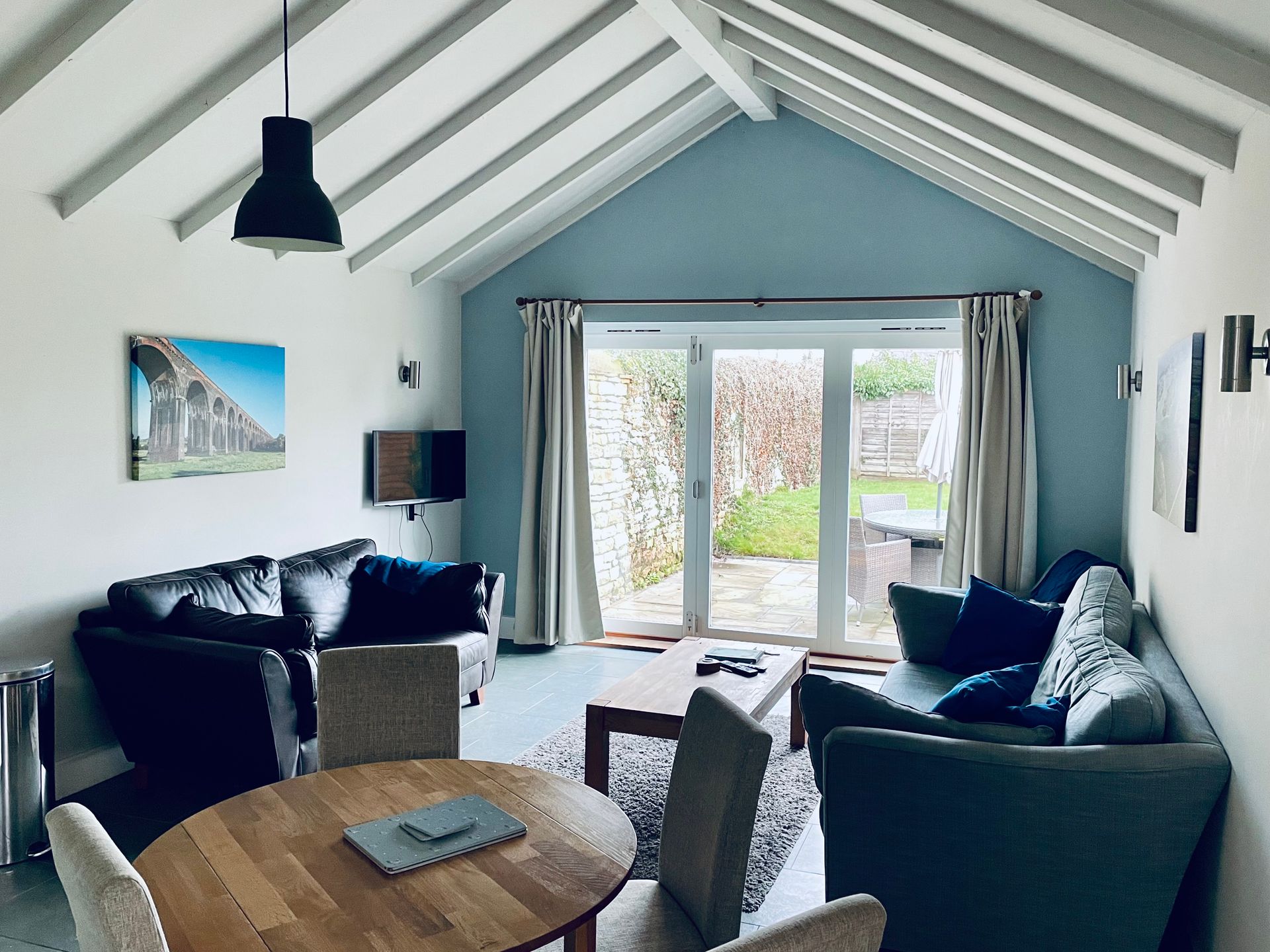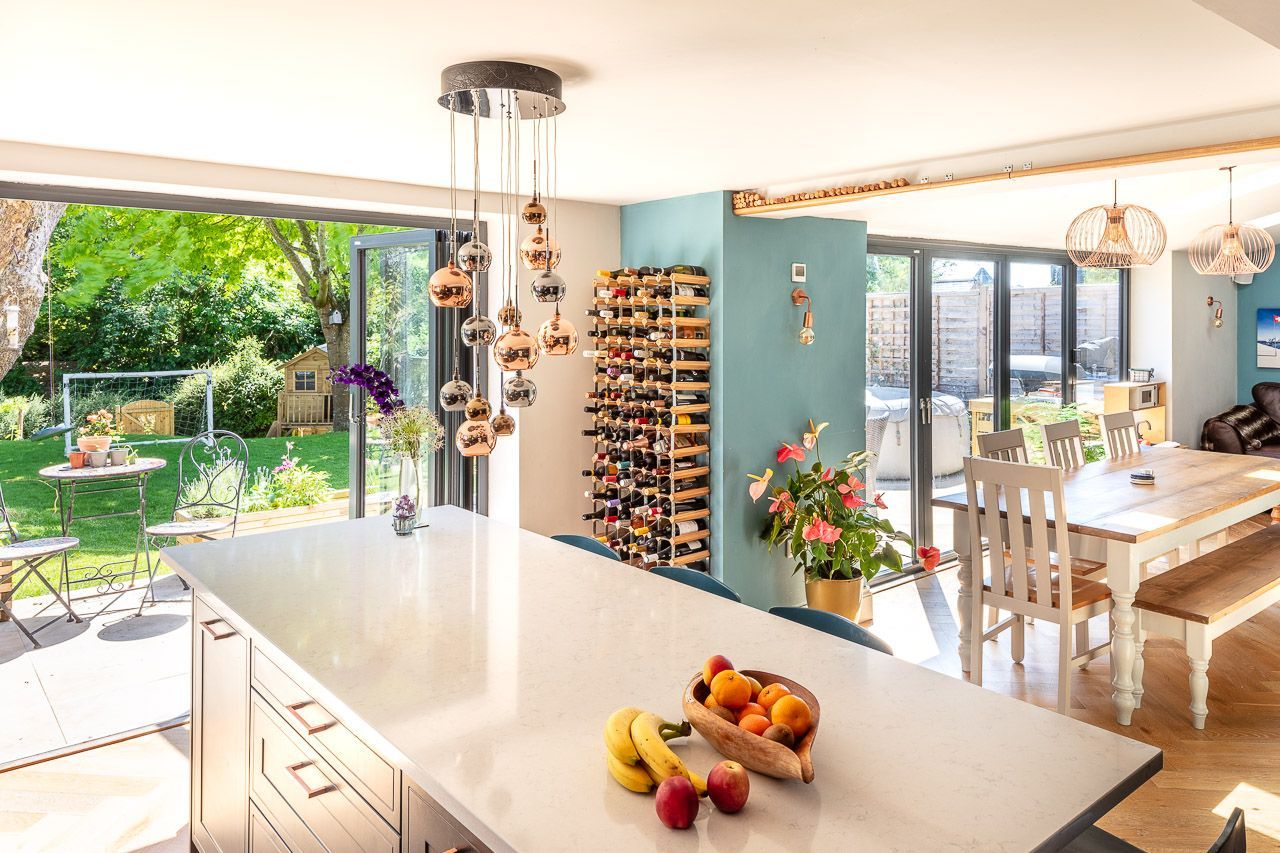Micro-Lets: Small Spaces, Big Profits
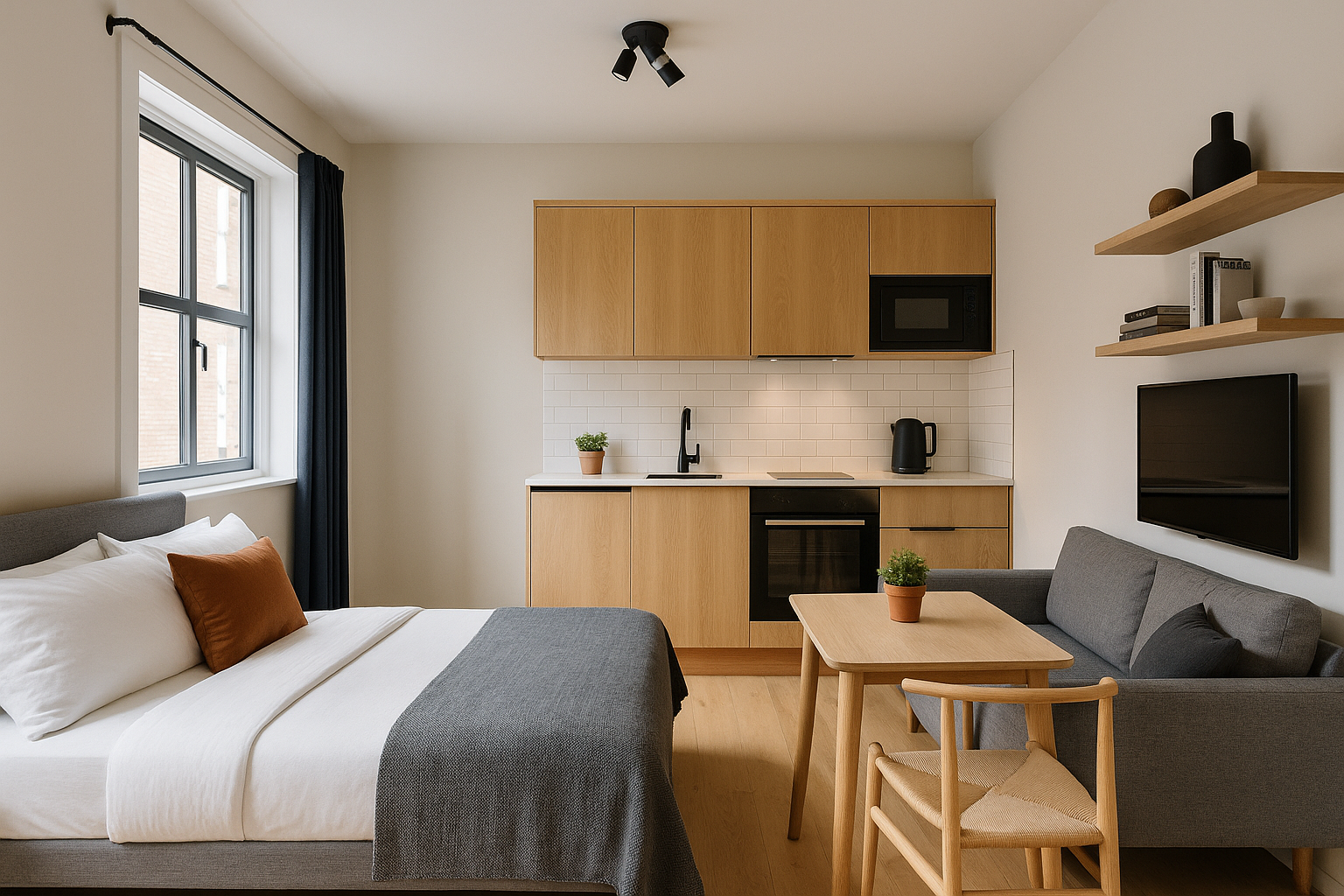
Micro-lets, also known as micro-units or tiny apartments, are rapidly gaining attention in UK property development and the short-term rental market. With sizes often under 25 sqm, these ultra-compact dwellings are designed for efficiency and profitability. For hosts on Airbnb, micro-lets can deliver standout returns, especially in tourist towns and city centres.
What Are Micro-Lets?
Micro-lets are self-contained holiday lets that pack essential living functions—sleeping, cooking, bathing—into an extremely compact space. They can be:
Studio flats or loft conversions
Garden pods or annexes
Shepherd huts or tiny cottages repurposed for tourism
In England, national space standards set 37 sqm as the minimum size for a one-person home. However, as holiday lets (C1 use class) rather than residential housing (C3), micro-lets can bypass this restriction—making them a smart play for developers and landlords.
Why Are Micro-Lets Popular?
Tourism Demand: On Airbnb UK, quirky, small spaces often book faster and at higher yields per sqm than larger units.
Developer Affordability: Lower construction and furnishing costs mean higher ROI.
Creative Flexibility: Micro-units can fit into lofts, basements, gardens, or even unused farm buildings.
Sustainability: Smaller footprints mean lower utility use, aligning with eco-conscious travel trends.
Profitability of Micro-Lets
Analysis of Airbnb data in Stamford, Lincolnshire highlights key insights:
10–20 sqm units (pods, huts) generated the highest yield per sqm (up to £2,000+/sqm/year), though total profits were modest.
50–70 sqm units were the best all-rounders, producing strong annual profits (£14k–£21k) while appealing to a broad guest base.
80–110 sqm apartments delivered the highest absolute profits (£30k+ annually), but were less efficient per sqm.
✅ For maximum efficiency: micro-units win.
✅ For maximum total profit: larger apartments still have the edge.
✅ For a balanced portfolio: 50–70 sqm flats offer stability and strong returns.
Challenges and Risks of Micro-Lets
Planning Permission: Councils such as Peterborough and South Kesteven often scrutinise small dwellings. Micro-units usually need to be classified as holiday lets (C1).
Guest Expectations: While many travellers love quirky spaces, micro-lets have limited appeal for families or long stays.
High Cleaning Costs: Turnover costs are similar to larger units, eating into margins.
Regulatory Uncertainty: The UK government is moving towards tighter rules on short-term lets, including potential registration schemes.
The Future of Micro-Lets in the UK
Micro-lets are not a passing fad—they’re part of a broader shift towards smart, efficient, experience-led tourism accommodation. For towns with high visitor demand, such as Stamford, Cambridge, or Oxford, micro-lets can be game changers. For property investors, the best results often come from a mixed strategy: blending quirky micro-units for yield with mid-sized flats for consistent occupancy.
Unlock the Potential of Micro-Lets
At Dwell Architects we specialise in designing and delivering rental developments—from Airbnb micro-units to boutique holiday apartments. Whether you’re considering converting an outbuilding into a stylish pod or developing a block of compact flats, we can help you navigate planning, maximise space efficiency, and create standout guest experiences.
Get in touch today to discuss how we can make your next Airbnb project profitable, compliant, and beautifully designed

